Plants have long been admired for their beauty, fragrance, and calming presence. Yet, some plants go beyond ordinary greenery—they are unique, eye-catching, and intriguing, making them perfect conversation starters. Whether for home, office, or garden, these unusual plants combine aesthetic appeal with curiosity, sparking interest from guests and plant enthusiasts alike.
This guide highlights seven unusual plants that are guaranteed to grab attention, along with care tips to ensure they thrive in your space.
1. Living Stones (Lithops)
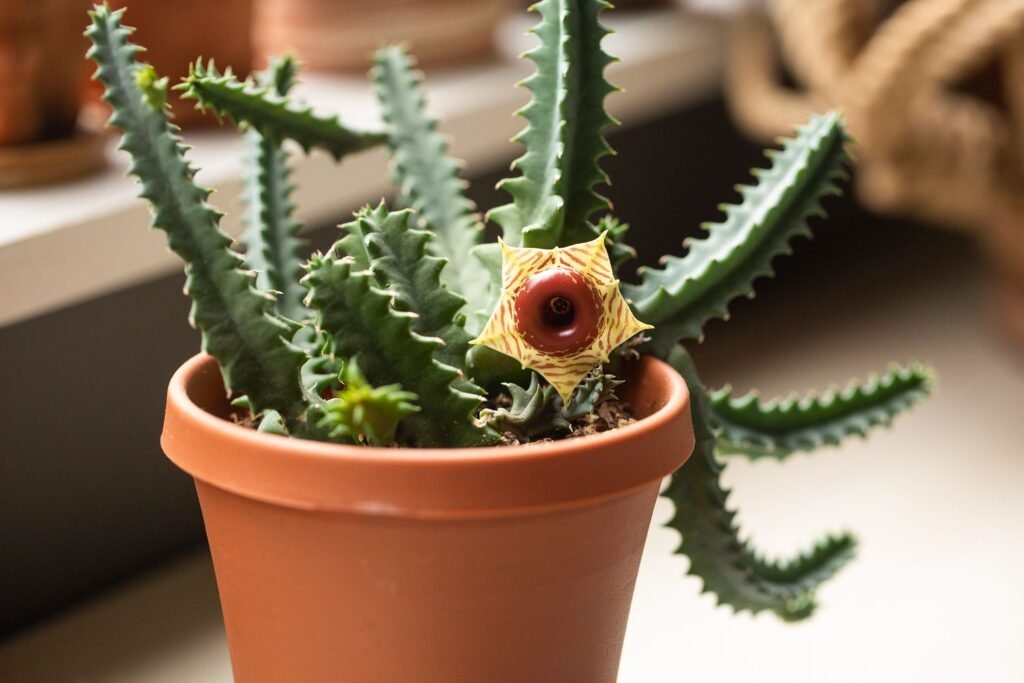
Why They’re Unusual
- Lithops are succulent plants that resemble small stones or pebbles, providing incredible camouflage in their natural environment.
- They come in a variety of shapes, patterns, and colors, ranging from greens and browns to purples and reds.
- Their unique appearance makes them look like tiny works of art, perfect for miniature gardens or decorative pots.
Care Tips
- Light: Provide bright, indirect sunlight. Avoid harsh afternoon sun.
- Watering: Minimal watering; water only when completely dry. Overwatering causes rot.
- Soil: Well-draining cactus or succulent soil mix.
- Potting: Use shallow pots to allow proper drainage and mimic natural conditions.
Why They Start Conversations: Guests are often amazed by their stone-like camouflage and vibrant patterns, prompting curiosity and admiration.
2. Sensitive Plant (Mimosa pudica)
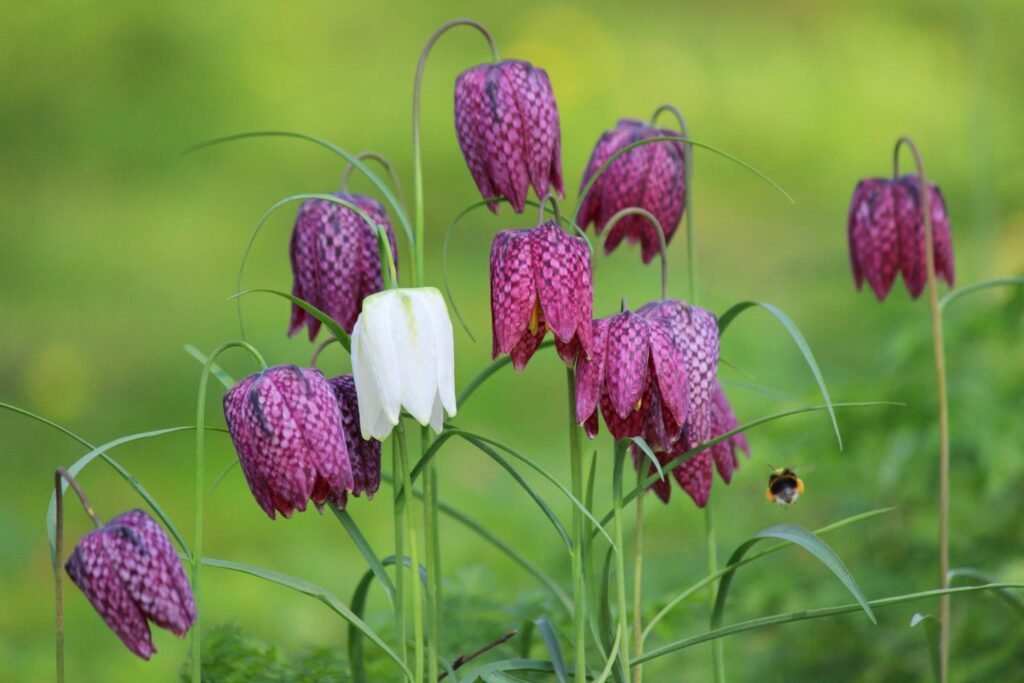
Why They’re Unusual
- This plant is known for its rapid leaf movement in response to touch or stimuli.
- When touched, the leaves fold inward as a defensive mechanism, surprising anyone who interacts with it.
- Its delicate pink or purple flowers add beauty to the dramatic movement.
Care Tips
- Light: Bright, indirect sunlight or partial shade.
- Watering: Keep soil consistently moist, but not waterlogged.
- Temperature: Warm environments are ideal; protect from frost.
- Propagation: Easily propagated from seeds.
Why They Start Conversations: Watching the leaves instantly close when touched fascinates both children and adults, creating instant intrigue.
3. Pitcher Plant (Nepenthes and Sarracenia)
Why They’re Unusual
- Carnivorous plants like pitcher plants trap insects in tubular leaves to obtain nutrients.
- Their pitcher-shaped structures come in vibrant colors and patterns, often resembling art pieces.
- They thrive as functional décor, combining aesthetic appeal with natural pest control.
Care Tips
- Light: Bright, indirect sunlight or partial sun.
- Watering: Use distilled or rainwater; keep soil moist.
- Soil: Acidic, well-draining mix such as sphagnum moss and perlite.
- Humidity: High humidity is essential for growth.
Why They Start Conversations: Pitcher plants’ insect-catching mechanisms fascinate guests, often sparking discussions about plant adaptations and survival strategies.
4. Zebra Plant (Aphelandra squarrosa)
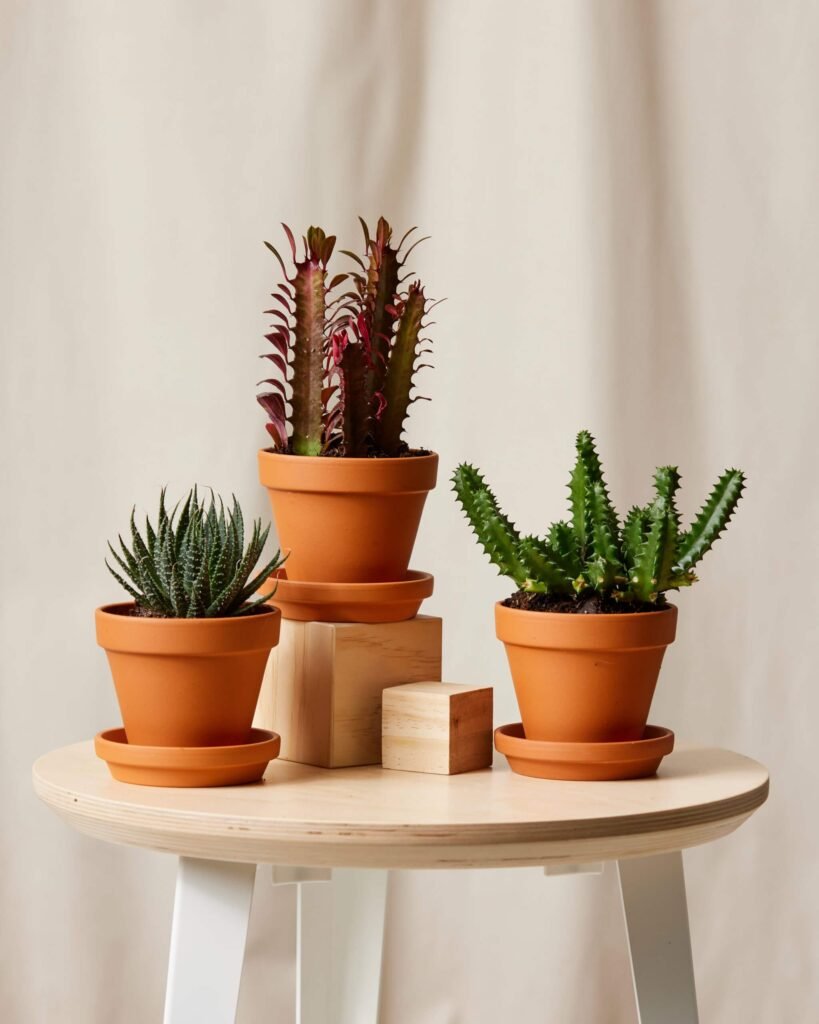
Why They’re Unusual
- Known for its striking dark green leaves with bold white veins, giving it a zebra-like appearance.
- Produces bright yellow, candle-like flowers that can last several weeks.
- Its bold foliage and dramatic flowers make it a visual centerpiece.
Care Tips
- Light: Bright, indirect sunlight; avoid direct harsh sun.
- Watering: Keep soil evenly moist; avoid waterlogging.
- Humidity: High humidity is preferred; mist regularly or use a pebble tray.
- Temperature: Warm temperatures between 65–75°F (18–24°C).
Why They Start Conversations: Its striking foliage pattern and bold flowers immediately capture attention and spark admiration.
5. String of Pearls (Senecio rowleyanus)
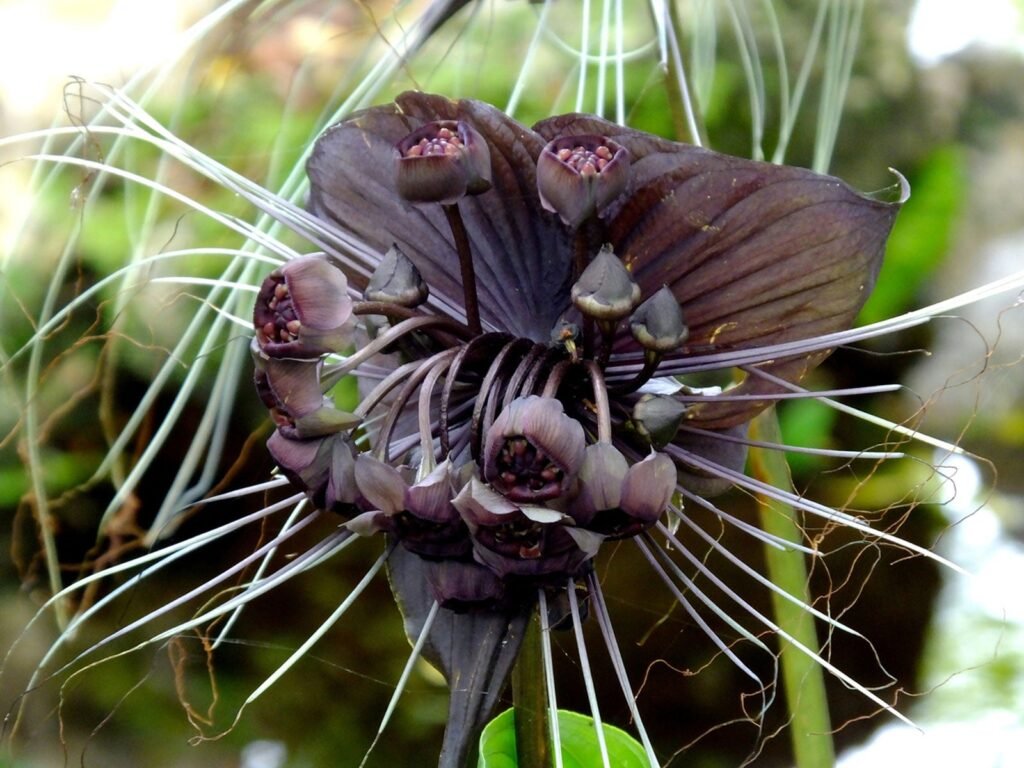
Why They’re Unusual
- Succulent vine with small, bead-like leaves that resemble strings of pearls.
- Perfect for hanging pots or cascading containers, creating a whimsical visual effect.
- Slow-growing but long-lasting, adding elegance to any indoor space.
Care Tips
- Light: Bright, indirect light or partial sun.
- Watering: Water sparingly; allow soil to dry completely between waterings.
- Soil: Well-draining succulent mix.
- Propagation: Easy to propagate from cuttings.
Why They Start Conversations: Their unique cascading shape and pearl-like leaves make them a talking point, often prompting questions about care and origin.
6. Bat Flower (Tacca chantrieri)
Why They’re Unusual
- Known for its black, bat-shaped flowers with long, whisker-like bracts, this tropical plant is striking and mysterious.
- Produces dramatic flowers in shades of deep purple to black, creating a bold contrast in gardens or indoors.
- Its unusual shape and color make it a rare collector’s plant.
Care Tips
- Light: Prefers indirect light or filtered sunlight.
- Watering: Keep soil consistently moist; avoid waterlogging.
- Humidity: High humidity is crucial for thriving.
- Temperature: Warm environments above 60°F (15°C).
Why They Start Conversations: Its gothic, bat-like appearance is instantly eye-catching and often sparks curiosity and fascination.
7. Lithops’ Cousin: Living Stones’ Flowering Species (Conophytum)
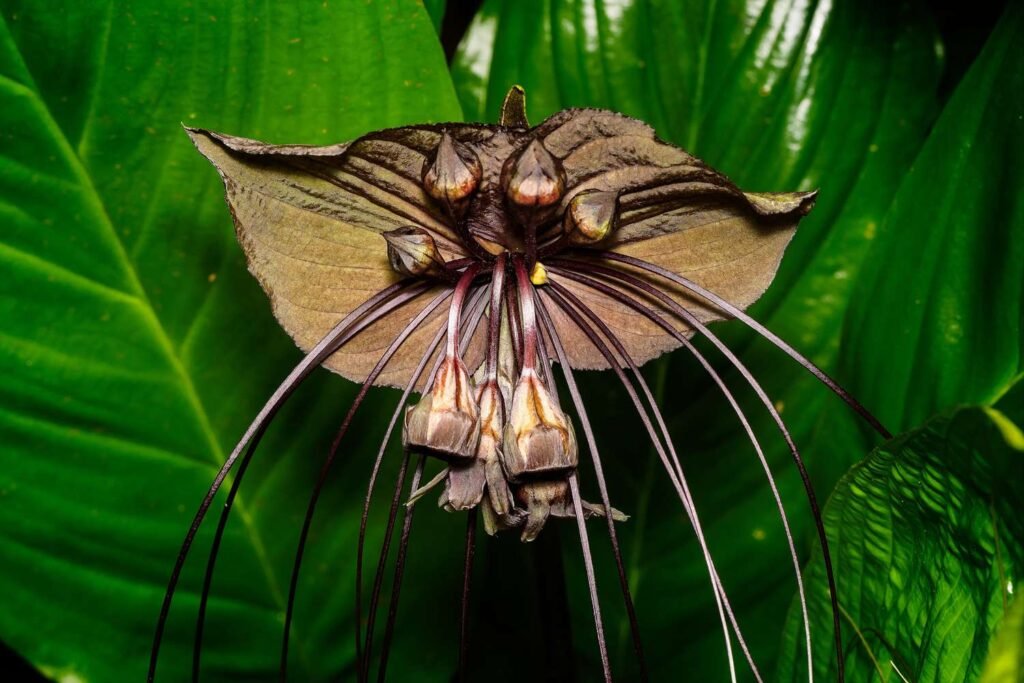
Why They’re Unusual
- Another stone-like succulent, Conophytum species produce vivid, daisy-like flowers that emerge from a rock-like body.
- Flowers often appear in bright yellow, orange, or pink, creating a stunning contrast against their muted, pebble-like leaves.
- Flowers are short-lived, making them a special surprise when they bloom.
Care Tips
- Light: Bright, indirect sunlight.
- Watering: Minimal; water sparingly during dormant periods.
- Soil: Well-draining succulent soil with sand or perlite.
- Temperature: Warm and dry during dormancy.
Why They Start Conversations: Guests are amazed by flowers emerging from what looks like ordinary stones, making this succulent a natural talking point.
Caring for Unusual Plants in General
Though these plants vary in type, some general care principles apply:
- Understand Natural Habitat: Replicating natural conditions ensures healthy growth.
- Use Well-Draining Soil: Most unusual plants are sensitive to overwatering.
- Monitor Light Conditions: Bright, indirect light is ideal for many unusual species.
- Fertilize Appropriately: Use low-dose, balanced fertilizers to avoid overfeeding.
- Pest and Disease Management: Inspect regularly; unusual plants can be more susceptible to pests if stressed.
Following these general care principles maximizes vitality, appearance, and longevity.
Why Unusual Plants Make Great Conversation Starters
Unusual plants captivate because they are:
- Visually striking: Unique shapes, colors, and patterns draw immediate attention.
- Rare or exotic: Guests often ask about care, origin, and maintenance.
- Educational: Carnivorous plants and sensitive plants demonstrate fascinating biological processes.
- Personalized décor: They add a sense of personality and creativity to homes or offices.
Their presence encourages discussion, admiration, and learning, making them ideal for social spaces.
Conclusion: Bring Life and Curiosity Into Your Space
Unusual plants offer more than beauty—they are living conversation pieces. From stone-like Lithops and Conophytum to the dramatic Bat Flower and interactive Sensitive Plant, these species intrigue, educate, and delight. By understanding their unique care requirements, you can keep them healthy, vibrant, and thriving for years.
Adding these plants to your collection not only enhances aesthetics but also sparks curiosity and engagement. Whether for indoor décor, balcony gardens, or outdoor spaces, these seven unusual plants are perfect for gardeners who want to impress, educate, and inspire visitors with their striking and uncommon.
